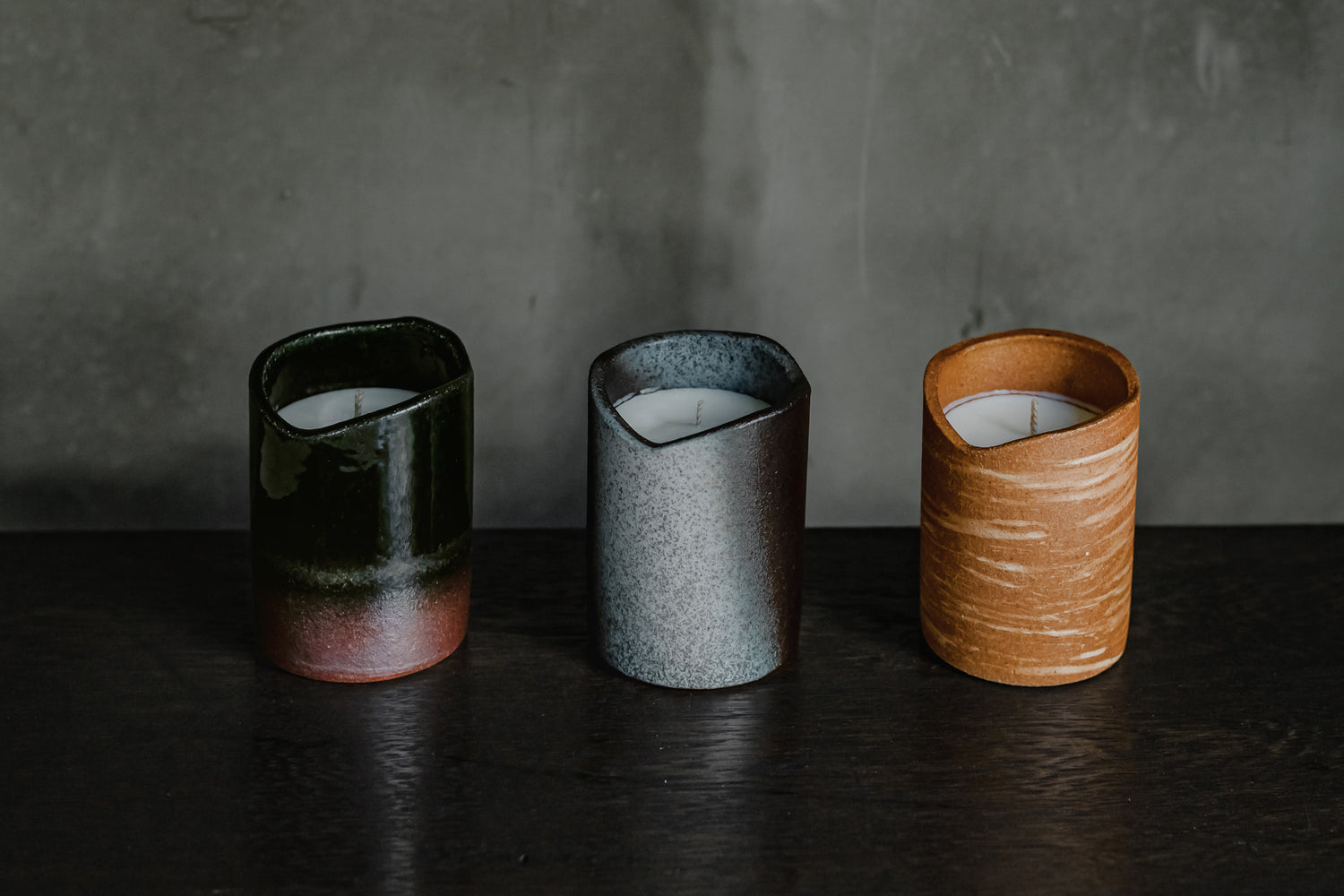Today we live in a world where we can enjoy more material abundance than ever before. On the other hand, it is certain that we are facing problems with an uncertain future. Just when you think the coronavirus pandemic has subsided, wars and civil wars in Ukraine and the Middle East continue to spread, and with the effects of global warming, natural disasters are causing more and more visible damage year after year in various parts of the world. There are still many people who do not feel a sense of crisis in reality, but we do not know when the peaceful life that we are still able to enjoy will be lost.
More than 800 years ago, there was a literary figure who lived in an era that was even more unstable and difficult than today, and after realizing the impermanence of the world, he reached a unique state. That is Kamo Nagaaki. The work he wrote called ``Hojoki'' is recommended as a must-read for those of us living in this day and age. Hojoki was written at the end of the Heian period, when the aristocracy that had established the era was in decline and the samurai were beginning to rise to prominence. Although it is a paperback volume with a volume of just under 40 pages, it has received high praise for the beauty of its writing and the accuracy of its descriptions, and is considered one of Japan's three great essays, along with Pillow Book and Tsurezuregusa.
This Hojoki is written based on the experiences of the author, Nagaaki Kamo. So, what kind of person is Nagaaki Kamo?
I didn't start out on the path of a literary figure. Tracing his roots, he was born in 1155 (Kuju 2nd year) as the son of Negi of Shimogamo Shrine, Kyoto. Negi is one of the jobs that serve the shrine. If things went well, he would be able to secure a stable position at the still famous Shimogamo Shrine in the future. However, when Nagaaki was 18 years old, his father, Nagatsugu, passed away. As a result, Nagaaki, who lost his backing, lost the battle for Negi's successor. On top of that, he was struck by a series of disasters in Kyoto, such as a huge fire, a major earthquake, and famine, all while still in his 20s. This devastation is described in the Hojoki.
However, in his 30s and 40s, his talent in Japanese poetry, literature, and music blossomed, and he was highly praised by the then retired Emperor Gotoba. At the age of 47, he was appointed to work at a wakasho, which selects the imperial collection of waka poems (collections of waka poems compiled by order of the emperor and retired emperor), and at the age of 50, the retired emperor appointed him to build the Tadasu no Shrine, which has ties to Shimogamo Shrine. Although he was recommended as the Negi of Tadasu no Yashiro, his long-held wish did not come true as he was opposed by Yukane Kamo, who was the Negi of Shimogamo Shrine at the time.
Due to the combination of his own circumstances with such major setbacks and the numerous natural disasters in Kyoto, Nagaaki strongly felt the impermanence of this world and the ephemerality of life, and decided to live a reclusive life in the mountains. decide to enter This seclusion led to a life in a hermitage (an Iori: a simple hut used by people who are isolated from the world, such as people of style) that was only 3 meters square, where he devoted himself to the things he wanted to do, such as Japanese poetry, music, and Buddhism. Masu.
Hojoki was written in such a hermitage. He was 58 years old in 1212 (Kenreki 2nd year).
Continuing with Hojoki (later). In the second half, we explore the rich expressive techniques of Hojoki and explore how Chomei reached its unique state.

